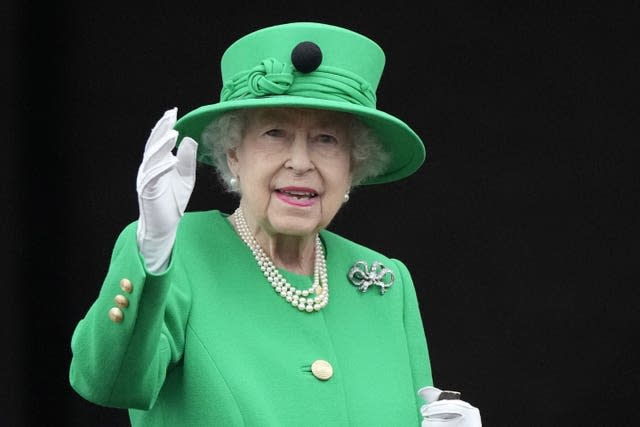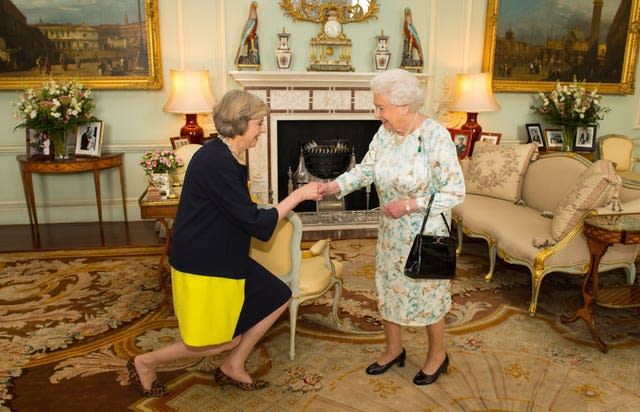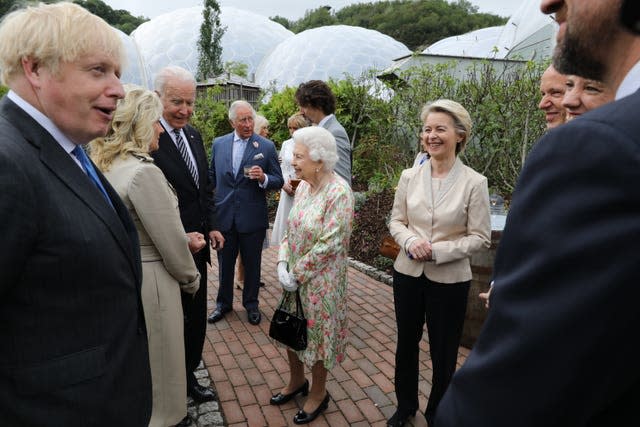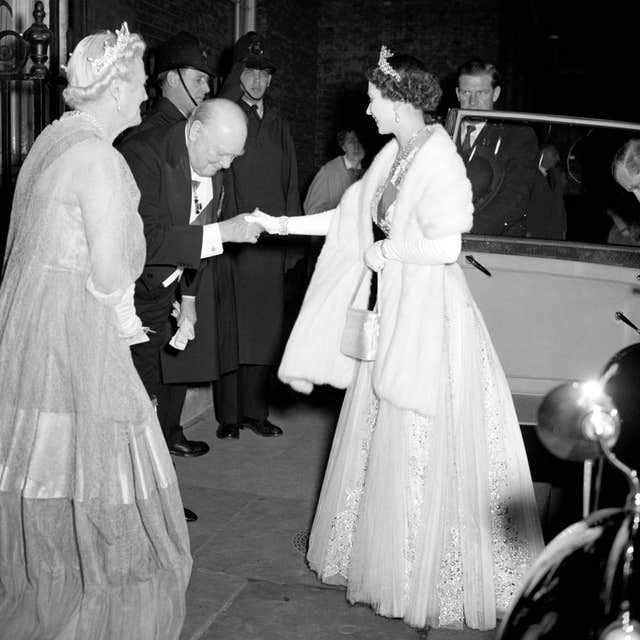What is the Queen’s role in the appointment of a new prime minister?
The Queen will play an important constitutional role in the appointment of a new prime minister following Boris Johnson’s departure.
Mr Johnson – the 14th prime minister of her 70-year reign – will have to travel to see the head of state to formally tender his resignation – usually after his successor as Conservative Party leader has been appointed.
The beleaguered Prime Minister is reported to have phoned the Queen on Thursday morning as a courtesy as he prepared to tell the nation he is quitting, although Buckingham Palace declined to comment.

The pair had their weekly meeting by telephone on Wednesday evening – the day Mr Johnson was confronted with a mass exodus of ministers and aides.
A prime minister’s resignation audience has always traditionally taken place at Buckingham Palace, but the Queen’s age and ongoing mobility problems and suggestions that Mr Johnson will remain in the role until the autumn could potentially see the audience taking place at Balmoral Castle for what could be the first time in recent history.
The Queen travels to her private home in the Scottish Highlands each summer for her annual break, usually staying until October.
Mr Johnson is thought to be more likely to travel to her rather than making the 96-year-old Queen return to London or Windsor, if the leadership process is completed in September while the monarch is still in Scotland.
A new Tory leader is expected to be in place by the party’s conference, which begins on October 2.
Each September, the current prime minister also makes a traditional trip to stay with the monarch on the Balmoral estate.
Former PM David Cameron once said there was not much “chillaxing” – chilling out and relaxing – at Balmoral, with the royals spending their time on outdoor pursuits.
During her Platinum Jubilee celebrations, the Queen only travelled to Buckingham Palace twice, first for her Trooping the Colour balcony appearance and then for a finale after the pageant.

She spends most of her time at Windsor Castle, 22 miles from central London, living there during the pandemic and while major renovations take place at Buckingham Palace, and for her comfort.
As head of state, it is the Queen’s duty to appoint the prime minister who leads Her Majesty’s Government.
The Royal Encyclopedia states that the appointment of a prime minister is “one of the few remaining personal prerogatives of the sovereign”.
It says that, in the normal course of events, the monarch does not act on advice nor need to consult anyone before calling upon the leader with an overall majority of seats in the House of Commons to form a government.
But the Queen is guided by constitutional conventions and can seek advice from the outgoing prime minister, any other political leader, senior Privy Counsellors, or whomever she pleases within the limits of prudence and caution.
Mr Johnson’s last duty is expected to be to tell the monarch which person has enough support to form the next government.

The main requirement is to find someone who can command the confidence of the Commons.
There could still be exceptional circumstances when the Queen might need to exercise discretion to ensure that her government is carried on.
The Queen is a constitutional monarch who remains politically neutral.
When a potential prime minister is called to see the Queen, she will ask them whether they will form a government. The most usual response is acceptance.
After a new PM has been appointed, the Court Circular will record that “the Prime Minister kissed hands on appointment”.
This is not literally the case and it is usually a handshake. In fact, the actual kissing of hands will take place later at the Privy Council.

The new prime minister will be the Queen’s 15th.
Here are the 14 premiers of the Queen’s reign so far:
– Sir Winston Churchill (Conservative, 1951-55)
– Sir Anthony Eden (Conservative, 1955-57)
– Harold Macmillan (Conservative, 1957-63)
– Sir Alec Douglas-Home (Conservative, 1963-64)
– Harold Wilson (Labour, 1964-70 and 1974-76)
– Sir Edward Heath (Conservative, 1970-74)
– James Callaghan (Labour, 1976-79)
– Baroness Margaret Thatcher (Conservative, 1979-90)
– Sir John Major (Conservative, 1990-97)
– Sir Tony Blair (Labour, 1997-2007)
– Gordon Brown (Labour, 2007-2010)
– David Cameron (Conservative, 2010-2016)
– Theresa May (Conservative, 2016-2019)
– Boris Johnson (Conservative, 2019-2022)

 Yahoo Movies
Yahoo Movies 